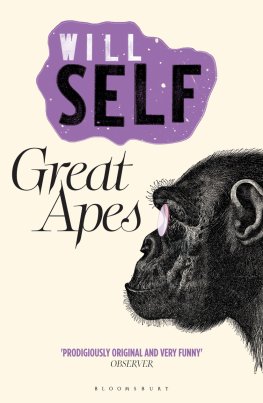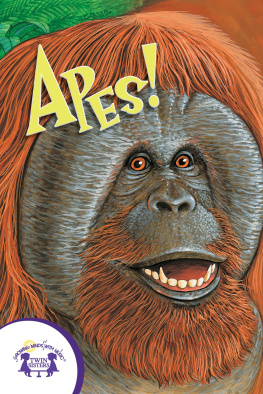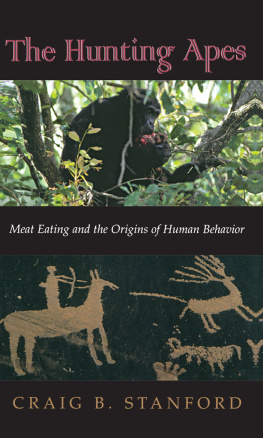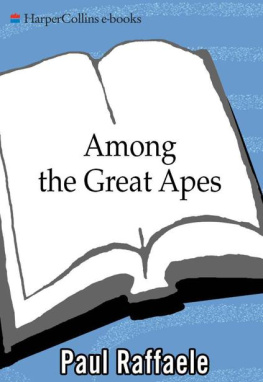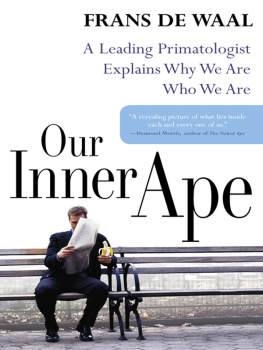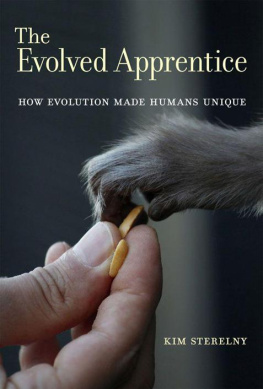Sorenson - Ape
Here you can read online Sorenson - Ape full text of the book (entire story) in english for free. Download pdf and epub, get meaning, cover and reviews about this ebook. City: London, year: 2009, publisher: Reaktion Books, genre: Romance novel. Description of the work, (preface) as well as reviews are available. Best literature library LitArk.com created for fans of good reading and offers a wide selection of genres:
Romance novel
Science fiction
Adventure
Detective
Science
History
Home and family
Prose
Art
Politics
Computer
Non-fiction
Religion
Business
Children
Humor
Choose a favorite category and find really read worthwhile books. Enjoy immersion in the world of imagination, feel the emotions of the characters or learn something new for yourself, make an fascinating discovery.
- Book:Ape
- Author:
- Publisher:Reaktion Books
- Genre:
- Year:2009
- City:London
- Rating:5 / 5
- Favourites:Add to favourites
- Your mark:
Ape: summary, description and annotation
We offer to read an annotation, description, summary or preface (depends on what the author of the book "Ape" wrote himself). If you haven't found the necessary information about the book — write in the comments, we will try to find it.
Apesto look at them is to see a mirror of ourselves. Our close genetic relatives fascinate and unnerve us with their similar behavior and social personality. Here, John Sorenson delves into our conflicted relationship to the great apes, which often reveals as much about us as humans as it does about the apes themselves.
From bonobos and chimpanzees to gibbons, gorillas, and orangutans, Ape examines the many ways these remarkable animals often serve as models for humans. Anthropologists use their behavior to help explain our fundamental human nature; scientists utilize them as subjects in biomedical research; and behavioral researchers experiment with ways apes emulate us. Sorenson explores the challenges to the complex division between apes and ourselves, describing language experiments, efforts to cross-foster apes by raising them as human children, and the ethical challenges posed by the Great Ape Project. As well, Ape investigates representations of apes in popular...
Sorenson: author's other books
Who wrote Ape? Find out the surname, the name of the author of the book and a list of all author's works by series.







